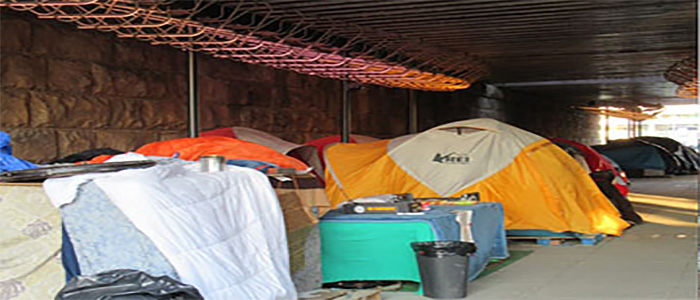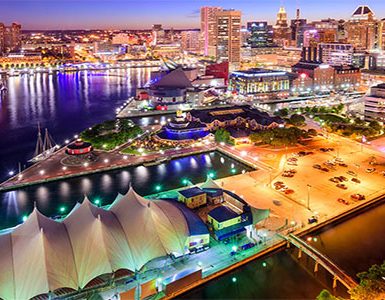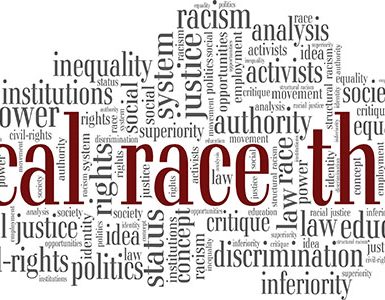According to the National Alliance to End Homelessness, well over half a million people in the United States experience homelessness on any given night. This estimate is based on data from January 2017—rather outdated, to be frank, given the country’s current economic climate. Since 2017, the nation has endured a variety of challenges that have been poised to accelerate the homelessness problem, most notably the worsening opioid epidemic and COVID-19.
In fact, a new study from the nonprofit urban research organization Economic Roundtable predicts that the economic challenges created by the pandemic will lead to a nearly 50 percent rise in chronic homelessness in the United States over the next four years. Certain areas of the country are projected to be hit even harder, including California (with a projected 68 percent increase in chronic homelessness) and Los Angeles County (with a projected 86 percent increase).
The District of Columbia is no stranger to this complex issue, either. In this article, we take a look at the current state of homelessness in Washington DC, what the District has been doing to combat it, and whether the crisis has been getting better or worse overall.
The Current State of Homelessness in DC
How many people in Washington DC experience homelessness? That answer, at least based on current best available evidence, seems to be improving.
According to January 2019 data from the United States Interagency Council on Homelessness, 6,521 people in DC experienced homelessness on any given day. But a more recent report, released in June 2020 by the Metropolitan Washington Council of Governments (COG), reveals that figure decreased by 2 percent, to a total of 6,380. The report also revealed an overall 24 percent decrease in homelessness within the District compared to 2016 data.
Many neighboring communities have not fared so well, according to the COG’s report, including Prince William County, VA, Frederick County, MD, and Loudoun County, VA, who all saw increases in homelessness between early 2019 and early 2020 (18 percent, 8 percent, and 6 percent, respectively). But overall, the greater metropolitan region experienced a 20 percent decrease in homelessness over the past five years.
Of note, these figures highlight racial disparities which continue to complicate the homelessness crisis. According to COG, just 25 percent of the greater metropolitan region identifies as African American or Black, yet this same demographic makes up nearly three-quarters of the region’s homeless population.
Another glaring problem:
This so-called “2020 Point-in-Time (PIT) count” was conducted on January 22, 2020. As such, it does not take into account the COVID-19 pandemic. Officials involved in the COG and other public service organizations note that the impact of the pandemic is likely to hinder these improving homelessness rates and worsen DC’s homelessness crisis.
We await more data to make conclusions about the true state of homelessness in DC within the context of the pandemic. We do know that people experiencing homelessness in DC face higher rates of infection and death from COVID-19, despite attempts from the city to provide temporary quarantine and isolation for some at-risk individuals who are symptomatic or test positive.
One could also could point to the growing number of homeless encampments as further evidence of the changing tides. Complaints about these encampments from DC residents are ongoing; one recently dismantled encampment close to an elementary school was reportedly home to an individual arrested for gun possession. In response, the District continues to dismantle and remove these encampments throughout the pandemic, despite the fact that the U.S. Centers for Disease Control and Prevention (CDC) explicitly advises against it in their official guidelines, recently updated in March of this year.
The question is: where do these homeless people go when their encampments are dismantled? What resources remain for them? For these questions, we turn to the office of Mayor Muriel Bowser.
Combating Homelessness in DC: The Mayor’s Efforts So Far
In 2015, Mayor Bowser pledged to make homelessness “a rare, brief, and non-recurring experience” in the District by 2020 through a strategic plan known as Homeward DC. The plan included three ambitious goals:
- Ending homelessness among veterans by the end of 2015
- Ending chronic homelessness among individuals and families by the end of 2017
- Rehousing any households experiencing housing loss within an average of 60 days or less by 2020
Mayor Bowser also pledged year-round shelter and outlined five strategies to achieve these aims, including increasing the supply of (and removing barriers to) affordable and supportive housing.
While Homeward DC was not without its criticisms, pre-pandemic data does suggest that the Mayor’s strategic plan had been making a positive impact. Notably, the Mayor closed a dilapidated family shelter at the site of the old DC General hospital in 2018, in order to open several newer, cleaner, safer ones. And according to DC’s Department of Human Services, so far the Mayor’s Homelessness Prevention Program has successfully:
- Prevented a shelter stay for more than 7,000 families since 2016
- Connected 4,800 single adults and 4,600 families to permanent housing
- Expanded the Landlord Partnership Fund to support landlords who provide housing opportunities to vulnerable residents
- Opened a new Downtown Day Services Center for individuals experiencing homelessness
For the 2020 Fiscal Year, the Mayor’s budget included $37 million in Homeward DC investments, including “more than $20 million to assist families experiencing homelessness successfully transition from shelter to permanent housing.” These investments coincide with an increase in minimum wage in DC from $11.50 in 2016 to $15.00 in 2020—although this was offset by an increase in fair market rent by more than $200 per month for two-bedroom rentals, in addition to increased unemployment and economic insecurity brought on by the pandemic.
Conclusion
Ultimately, there is no question that COVID-19 has had a huge impact on the Mayor’s efforts to combat homelessness in DC—efforts which prior to the pandemic had been showing some promising, if not mixed, results. We must await more updated data to fully capture the impact of COVID-19 on the homelessness crisis in the District.
Even still, many public health officials agree that ending homelessness is an achievable goal, both in DC and the United States, especially if efforts are made to improve access to permanent housing and re-housing. But the situation is highly complex, meaning that other factors, including mental health problems and substance abuse disorders, will likely need to be tackled, as well.
***
Substance Abuse and Homelessness
Mental Health Reform Overview and Talking Points
D.C. Continues Encampment Cleanups During The Pandemic Despite CDC Guidance
Region records 20 percent decrease in homelessness over five years
District of Columbia Homelessness Statistics
Locked Out Unemployment and Homelessness in the Covid Economy
District of Columbia Unemployment Rate at 7.9 Percent in December
https://www.mwcog.org/newsroom/2020/06/10/region-records-20-percent-decrease-in-homelessness-over-five-years-homelessness-pit-point-in-time/


















Add comment